|
Welcome back! Typically, we use the squat as part of a strengthening or HIIT style workout. Today, we're going to go over how to use it to identify mobility deficiencies, and then get started on a corrective plan! The squat is truly a jack-of-all trades in strength and mobility. We encounter the squat motion in some manner many times throughout the day - any time we descend into, or stand up from a seated position, it is a coordination of basically all major movement systems and muscles in the body. Factor in all derivatives of the movement, like having to lift something heavy, or single leg loading - getting out of the car, going up and down stairs, etc, the squat comes into play in virtually all human movement. The squat is unique in that it involves a TRIPLE FLEXION - the ankles, knees, and hips all flex at the same time. This is why we use the squat to pinpoint muscle imbalance and weakness that contribute to chronic injury and inefficient movement patterns. It is also the same reason the squat is so fundamentally beneficial in any lifting program, from the desk jockey to the athlete who needs to be ready for anything. However, the same attributes that make the squat great, also contribute to CHRONIC INJURY if forces are not properly channeled through the big muscle engines in the hips and legs. If the spine is not in a neutral position, or the knees roll forward over the toes, and/or buckle inward, both are at risk for aggravation at best, or worse, tissue rupture. Here is a basic procedure to use in identifying areas of need Introducing: The Overhead Squat Assessment The Overhead Squat Assessment is used to identify possible movement system impairments and if there are any overactive and underactive muscles relative to other muscle groups that may participate in specified movement. A muscle is determined to be underactive if it is in a shortened or lengthened position that prohibits a normal response. This weakened response ultimately leads to an altered or compensated movement pattern. Interestingly, the overhead squat is the only total body movement that is supported with research for correctly identifying muscle imbalances. How to perform an Overhead Squat Assessment You must have a mirror for this self assessment at the very least, but it's the best if you have a superfriend, loved one, or anyone else around with a camera to take pictures from the front, side, and posterior and then compare them to the pictures below. Or, simply use voice commands on your phone to take a picture.
Ideal anglesSide view faultsFront view faultsPosterior view faultsIf you are exhibiting any of the above impairments, you may have a lot of untapped strength at best, and going down a path to chronic tissue disrepair at worst. The fix can be quite involved, and take a long time, especially the asymmetric hip shift seen in the bottom right picture (posterior). However, the most common faults are: 1) excessive forward lean, 2) knees buckling inward, and 3) feet turning out. The guidelines below are a really good starting point for addressing these faults:
Perform this routine daily (I supported with web references, for now). Reach out to me if you would like further help (see below)
For help on this, please feel free to reach out to me [email protected] for virtual coaching! I'd like to help you get through it.
0 Comments
Leave a Reply. |
Broad Scope Narrow Focus BlogWelcome to the Broad Scope Narrow Focus Blog! I hope you find a lot of useful and applicable information as we explore the broad world of Wellness together. Check in often, as there will be new posts weekly! Enjoy Archives
September 2021
Categories |
Services |
Hours & Contact InformationHours of Operation: The Facility is staffed Tuesday - Thursday 7a-5p
*Facility is accessible 24 hrs / 7 days a week e . [email protected] p . (616) 787 - 7710 |

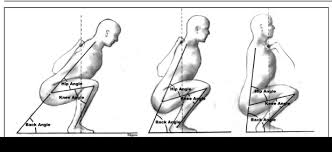
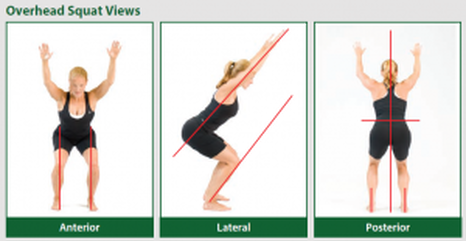
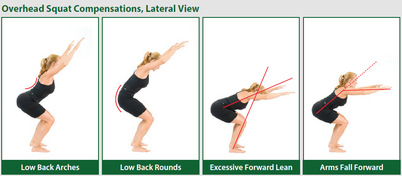
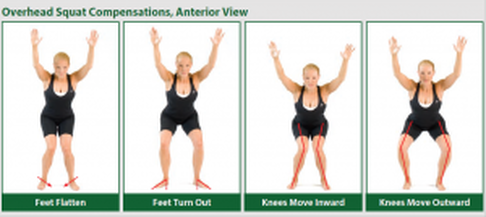
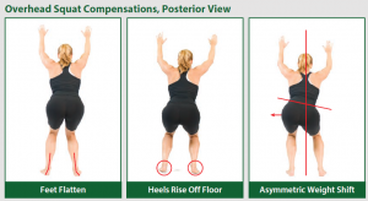
 RSS Feed
RSS Feed